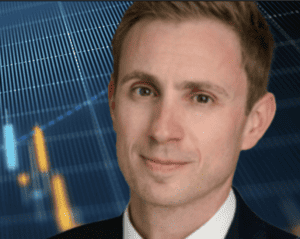 What are the most relevant structural changes you are seeing in the market at the moment, and how are you adapting your desk to meet these new challenges?
What are the most relevant structural changes you are seeing in the market at the moment, and how are you adapting your desk to meet these new challenges?
There is a lot to choose from here, so rather than highlighting one topic I think the focus should be on having a robust, adaptable approach towards change. The trading teams are very resilient – see the responses to Mifid II, the pandemic, and most recently issues in the banking sector – and it is about creating the environment to allow our traders to respond to the events.
Important events shouldn’t happen around traders, they should be fully involved, so when we look at upcoming changes, be they market structure or new technologies, the team should be equipped to adapt to the new environment.
How is the relationship between buy- and sell-side changing, and how can you best collaborate with your counterparties to gain insights and boost returns in times of market stress?
There is so much data available to both the buy- and sell-side now that we are able to really focus in on areas that work, and others that perhaps need more attention.
Liquidity is at such a premium in our markets that being able to articulate to the sell-side where to focus in order to maximise connectivity is really valuable. While the best relationships have always been collaborative, I would say the developments in analytic capabilities have certainly changed some of the conversations the buy- and sell-side have.
What challenges are you seeing given the current liquidity fragmentation, and what steps are you taking to meet them?
Our markets are complex to navigate, and traders must work diligently to locate unique liquidity situations. For us it not only comes down to working with our brokers to tailor their offerings, but also for our traders to understand the liquidity dynamics within our portfolios.
Traders at Fidelity International proactively identify liquidity situations to our investors in names that we know they are watching, or that we feel may be interesting based on the characteristics of their funds. We are able to capture these situations and draw analytical insights into the value derived from a proactively generated order. With this data we can then encourage other investors to work with the trading team on execution strategies.
What’s on your radar for 2023, and what are your top priorities?
We are focused on scale and efficiency, ensuring we have the tools necessary to adapt to evolving client needs. The focus therefore remains on technology and processes, to ensure we equip our people adequately to deliver for our clients.